Radio telescopes995 Archivesrevolutionized the cosmos.
Radio wave signals from outer space — first detected in 1932 by engineer Karl Jansky — show that the tranquil night sky is not tranquil at all. "The sky looks serene and calm, but if you look in the radio bands, extremely energetic phenomena are taking place in the universe," Poonam Chandra, an astronomer at the National Radio Astronomy Observatory in Charlottesville, Virginia, previously told Mashable.
Black holes, exploding stars, forming stars, and beyond, shoot out energy in the form of radio waves into the universe.
Yet one type of radio wave detection remains mysterious, though astronomers have leading theories. These signals are called "fast radio bursts," or FRBs, which are curious pulses of radio waves that last milliseconds, and then vanish. Researchers have now determined the source of the most distant fast radio burst ever detected. It took a whopping 8 billion years to reach Earth.
"In new research published in Science, we have found the most distant fast radio burst ever detected: an 8-billion-year-old pulse that has been travelling for more than half the lifetime of the universe," Ryan Shannon, an astronomer at Swinburne University of Technology in Australia and an author of the research, wrote online.
SEE ALSO: The plan to build a telescope the size of Washington, D.C., on the moonThe researchers found this fast radio burst, dubbed "FRB 20220610A," using the sprawling Australian SKA Pathfinder (ASKAP) radio telescope. Astronomers don't listento radio waves, but use large satellite dishes, or arrays of many satellite dishes, to collect these signals, often coming from far-off galaxies.
This recent quick burst seemed to come from a great distance away, but to confirm, the team followed up on the location of the FBR with the Very Large Telescope, located in the high Chilean mountains. This observatory contains optical telescopes that see visible light, and astronomers indeed located "faint smudges of light" — evidence of an extremely distant galaxy. This light wave had stretched over time as the universe expanded, and that amount of stretching showed it was a whopping 8 billion years old.
"This confirmed that FRB 20220610A had broken the record for the most distant fast radio burst," Shannon said.
 A conception of a fast radio burst traveling from distant galaxies to our Milky Way galaxy. Credit: ESO / M. Kornmesser
A conception of a fast radio burst traveling from distant galaxies to our Milky Way galaxy. Credit: ESO / M. Kornmesser Astronomers will continue to sleuth out and investigate fast radio bursts.
For one, they want to know where these signals, triggered by powerful or explosive activity, originate. There are two leading possibilities, but many more ideas:
The signals may come from powerful "magnetars," which are a type of neutron star (the collapsed core of a star). Magnetars are profoundly dense, spin, and have the strongest-known magnetic fields.
The merging of massive objects in space, like collapsed stars or black holes, might trigger these radio bursts.
(As always, it should be noted that there's no evidence these fleeting signals come from aliens. After all, it's never aliens.)
 The Very Large Telescope's view of the distant galaxy that emitted FRB 20220610A. The black circle shows the location of the fast radio burst. Credit: Lachlan Marnoch (Macquarie Univesity / ASTRO-3D)
The Very Large Telescope's view of the distant galaxy that emitted FRB 20220610A. The black circle shows the location of the fast radio burst. Credit: Lachlan Marnoch (Macquarie Univesity / ASTRO-3D) Want more scienceand tech news delivered straight to your inbox? Sign up for Mashable's Light Speed newslettertoday.
The astronomer Shannon also notes that detecting fast radio bursts can reveal insights about our expansive universe, such as its structure. Great clouds of hot gases float between galaxies, but these fast radio bursts slow when passing through these gases, helping reveal what's out therein the great cosmos.
Previous:Getting Schooled
 I’m Sticking with My President
I’m Sticking with My President
 Good Grief by Sadie Stein
Good Grief by Sadie Stein
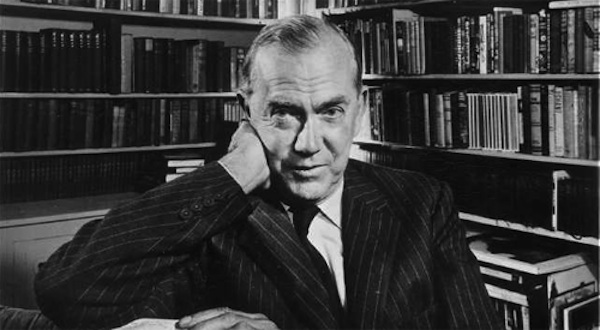 Loser Takes All by Sadie Stein
Loser Takes All by Sadie Stein
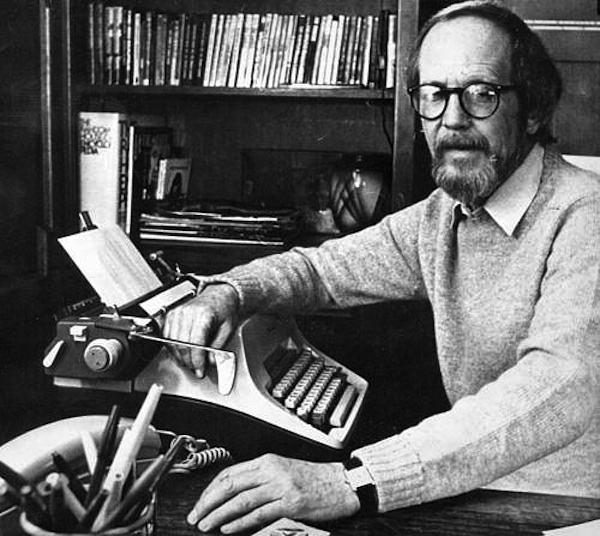 Happy Birthday, Elmore by Sadie Stein
Happy Birthday, Elmore by Sadie Stein
 Russia’s Zombie Election
Russia’s Zombie Election
 Authors in Uniform, and Other News by Sadie Stein
Authors in Uniform, and Other News by Sadie Stein
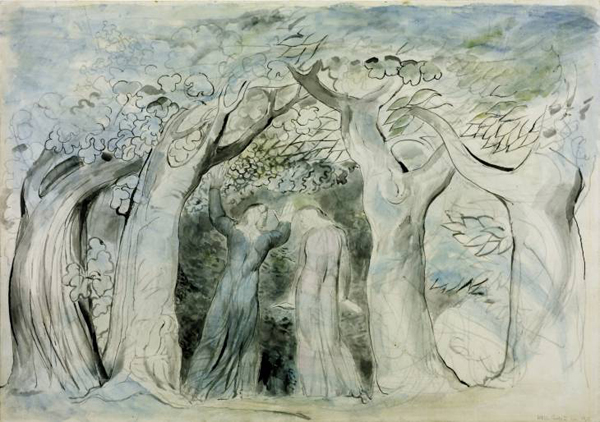 Recapping Dante: Canto 2 by Alexander Aciman
Recapping Dante: Canto 2 by Alexander Aciman
 Alice Munro, Laureate, and Other News by Sadie Stein
Alice Munro, Laureate, and Other News by Sadie Stein
 Can Liberals Give Peace a Chance?
Can Liberals Give Peace a Chance?
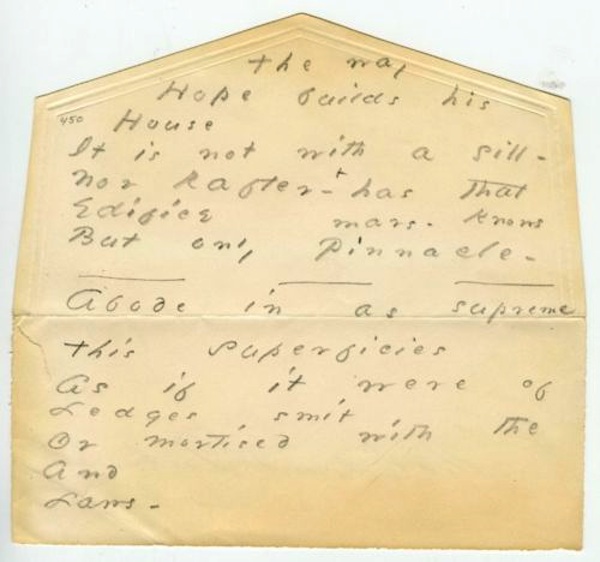 What We’re Loving: Dickinson, Waltz, Lupines by The Paris Review
What We’re Loving: Dickinson, Waltz, Lupines by The Paris Review
 Queer Poserdom
Queer Poserdom
 Lorrie Moore on Alice Munro by Sadie Stein
Lorrie Moore on Alice Munro by Sadie Stein
 Alienation by Sadie Stein
Alienation by Sadie Stein
 Dramatic Deaths, and Other News by Sadie Stein
Dramatic Deaths, and Other News by Sadie Stein
 Techies and Tankies
Techies and Tankies
 Away from Her by Sadie Stein
Away from Her by Sadie Stein
 Librarians’ Darkest Secrets, and Other News by Sadie Stein
Librarians’ Darkest Secrets, and Other News by Sadie Stein
 No One? How Does No One Work for You? by Sadie Stein
No One? How Does No One Work for You? by Sadie Stein
 The Budget and the Political Imagination Deficit
The Budget and the Political Imagination Deficit
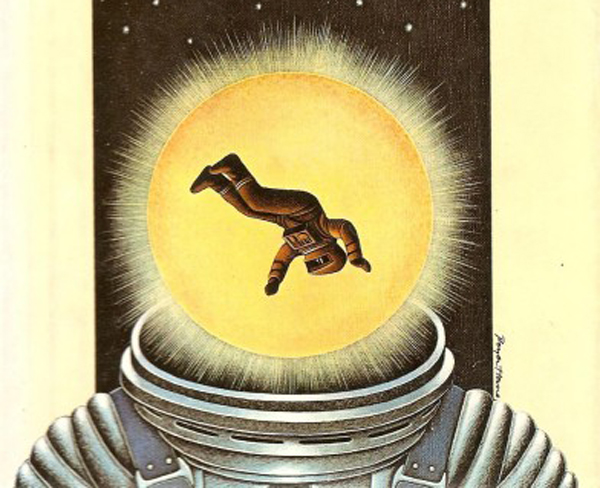 Turkey in a Suitcase by J. D. Daniels
Turkey in a Suitcase by J. D. Daniels
New US sanctions halt TSMC shipments to more mainland China chip design firms · TechNodeNew US sanctions halt TSMC shipments to more mainland China chip design firms · TechNodeFormer Cainiao Group CFO joins Ant Group as new CFO · TechNodeGoogle Maps is bringing speed limits to iPhonesBest AirPods deal: Get a pair of AirPods (2nd gen) for just $69 at Amazon right nowNASA snaps unprecedented photo of largest volcano in solar systemSamsung Galaxy Ring handsNYT's The Mini crossword answers for July 9NASA spacecraft catches volcano plumes blasting into spaceHuawei and China’s SAIC to launch affordable EV brand in Q4 · TechNodeFormer Cainiao Group CFO joins Ant Group as new CFO · TechNodeWebb telescope might have found something the universe no longer makesNASA reveals how SpaceX will plunge space station into Earth's oceanLaunch of Boeing's Starliner spaceship gets scuttled. Yes, again.The long, thorny history of Boeing's Starliner spaceshipBest Roomba deals at Amazon: Not much to see... yetScientists just found a really strange superOpenAI’s first AI chip to tape out at TSMC in first half of the year: report · TechNodeThe best early Prime Day 2024 Bluetooth speaker deals: Bose, Sony, JBLBest early Prime Day Chromebook deals: Asus, Acer, and more On Delmore Schwartz’s “The Heavy Bear Who Goes With Me” An Interview with Jonathan Lee On the Merits of Disturbing Literature Soviet Film Director Sergei Eisenstein's British Holiday This Disturbing 1936 Cartoon Tells Springtime’s Origin Story Adventures at the Ninety Not Sorry: An Interview with Jeremy M. Davies Staff Picks: Bissell, Panter, Aridjis, Krasznahorkai Dorothy Parker’s House “Le Pont Mirabeau” by Guillaume Apollinaire Got Writer’s Block? This App Invokes the Nuclear Option Little Man of Nuremberg: Wonder in the Age of Matthias Buchinger When I Auditioned for George Martin: An Appreciation How Mark Twain’s Ghost Haunted Copyright Law Painting a Poem—Diane Szczepaniak’s Watercolors & Wallace Stevens Lydia Davis Will Receive Our 2016 Hadada Award Surrounded by Books and Unable to Find Anything to Read Writ in Water: The Enduring Mystery of Keats’s Last Words Did William Blake's ‘Songs of Innocence’ Inspire Radoihead? “The Solution,” a Poem by Sharon Olds (1985)
2.1942s , 10131.078125 kb
Copyright © 2025 Powered by 【1995 Archives】,Wisdom Convergence Information Network